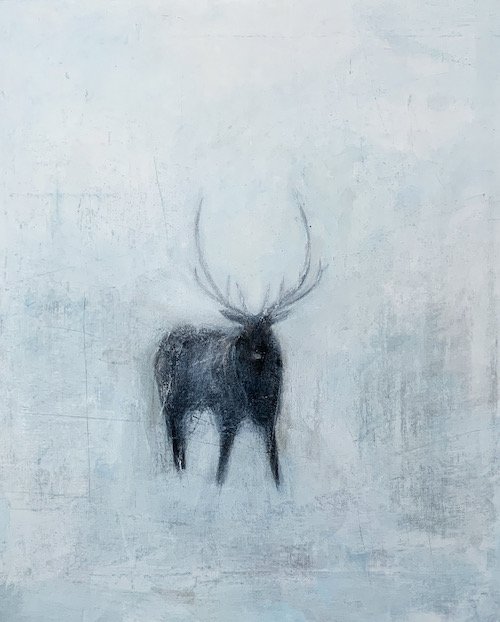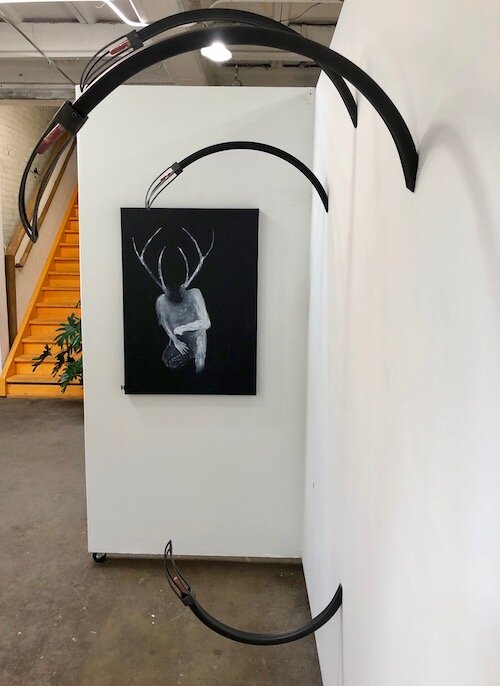Click on this link to read a Newsday feature of Nicholas Emery's exhibition Magic Memory Place
house of dreams, acrylic, oil pastel, & pencil on canvas, 26” x 36”, 2022
My latest exhibition entitled Magic Memory Place is my most personal exhibition to date. It is the culmination of an enigmatic journey I began years ago to contextualize and reflect my love and connection to Trinidad. Many of the experiences I have felt, considered, and nursed into being through my paintings I have had in Trinidad, or in meditation on Trinidad from afar. Like the paintings, Magic Memory Place are words that stand apart from each other and are likewise inseparable. They contain elements of secrets, loss, and healing.
For me, Trinidad is saudade, the mixed state of melancholic and joyful yearning that cannot be expressed with words. Upon reflection then, what is woven into the paintings are the tendrils of my varying states of meditation and consciousness with Trinidad, and my love for her and her people, of which I am one.
Click on this link to see the full body of work from the exhibition https://www.nicholasemeryart.com/#/magic-memory-place-exhibition/





































